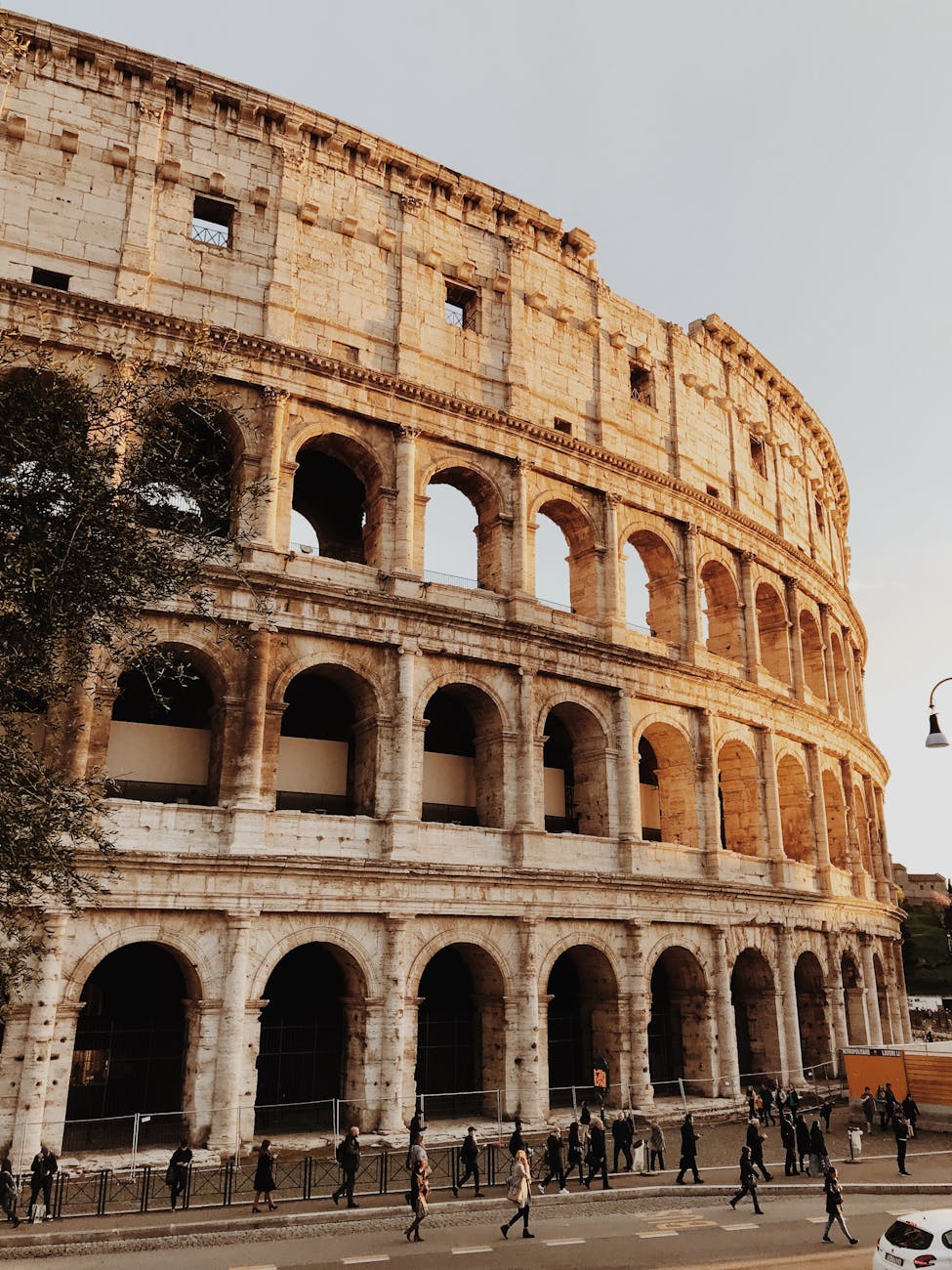Evolution of Town Planning
The works of an archaeologist reveal how ancient cities were planned. Primitive men lived in tribes and formed groups for mutual protection to hold out business activities and maintain a social life. the situation of the towns was also chosen by giving some considerations like simple defense, climate, the convenience of occupation, etc.
For example, cities are as old as civilization, as seen from the verbal association between words and city and nation civilization. These two terms have emerged with the town presenting the structural framework through which civilization functions. By civilization, we basically mean urban civilization. Were there
Groups before that period. But they were initially nomadic, then evolved into agriculture and eventually urban society.
Modern-day cities should be designed for problems that didn't exist in past. Such conditions are often considered as pollution, pollution, telephone, motor, electricity, etc. The study of ancient cities, however, still helps an excellent deal in solving the complex problems of designing today.
Two illustrations of ancient cities are worth noting. Cahoon was conceived in Egypt and built for a selected purpose around 2500 BCE. it had been designed to accommodate working officers and officials engaged within the construction of the pyramids at Khoun.
Another notable example of ancient India within the Indus valley, now in Pakistan and 480 km northwest of Karachi. a quick note on the Indus Valley Civilization (IVC) is given later during this chapter.
In the year 1922, the ruins of the town of Mohenjo-Daro were discovered by Sir Marshall, a British archaeologist when he saw villagers digging pieces of pottery from their fields.
The name Mohenjo-Daro means the mound of the dead and is taken into account as the cradle of Buddhism of the subcontinent. it's understood that it had been the foremost planned and developed city with a crucial trading center within the Indus Valley around 2600 BC. Its population is estimated as an agricultural economy from 40,000 to 60,000. the homes, water systems, and systems during this ancient city were of a very high standard. The rooms were large and well ventilated and connected to the bathrooms.
As the city stands today, it's divided into two mounds, one measuring 1183 meters x 546 meters and therefore the other measuring 364 meters x 273 meters. the town also had an enormous public bath, which can't be improved by any modern builder improving the excellence and tenacity of the development. It displayed a social center, Accuracy, craftsmanship, and imagination of the traditional builder.
There is nothing on record to point out the demise of this outstanding and unique ancient city. There are signs to point that it had been possibly abandoned thanks to a slowly changing climate or consistent with another prevailing theory, the town's people fled to avoid the multitude of Aryan nomads who within the subcontinent in Central Asia in about 1700 Had launched an invasion of.
Historically, the practice of imposing some level of control of urban planning and style on communities dates back to a minimum of the third millennium BCE, and concrete design of Mesopotamia, to the Minoans and Egyptians. Grid-like or conservative, urban plans were first employed by the traditional Greeks within the 8th century BCE to structure cities, and therefore the Roman Empire then dramatically expanded town planning, primarily military security. For, except for the public toilet, 'city development' center '.
During the center Ages, some European cities retained the thought of planning as a Roman 'city center', while others developed more organically, sometimes with some sort of planning.
With the enlightenment, a replacement examination of the ideas of urban planning happened. As a result of this new openness, many European cities tried to revamp their major cities; In some cases quite rapidly, like Paris under Baron Hausman who introduced long and wide boulevards.
During the economic Revolution, urban centers of the latest industries grew at an unprecedented rate, albeit often with an entire lack of living and dealing environments for the poorer classes. By the top of the 19th century, however, urban planners and theorists had begun to understand that this must change.
Around the same time, the Town and Country Planning Association was established, which marked the start of the commercialization of urban planning. With the emergence of modernism within the 1920s, new ideas were developed about how the urban environment should be organized and arranged.
The Town and Country Planning Act 1947 was a crucial part of British law that introduced much of the idea of the contemporary planning system. it had been intended as a post-World War II response to large-scale reconstruction and planning of towns. And cities, also help reorganize the industry.
The Town and Country Planning Act 1990 abolished the 1947 Act and made several changes, mainly dividing planning into further planning and development control, that is, deciding the longer-term strategy of the agency and controlling the present development.
By the 1960s / 70s, there have been many critics of modernism, who argued that when its ideas and theories were put into practice, unintended consequences like sink estates, urban vision, and other social problems developed. Since this era, there has been a growing tendency for city planners to specialize in Landmark projects in an effort to differentiate their particular area into one particular area, within the hope of a recovery of interest. a well-known example of this was the 'Bilbao Effect' as a result of the development of the Guggenheim Museum in Bilbao.





Post a Comment